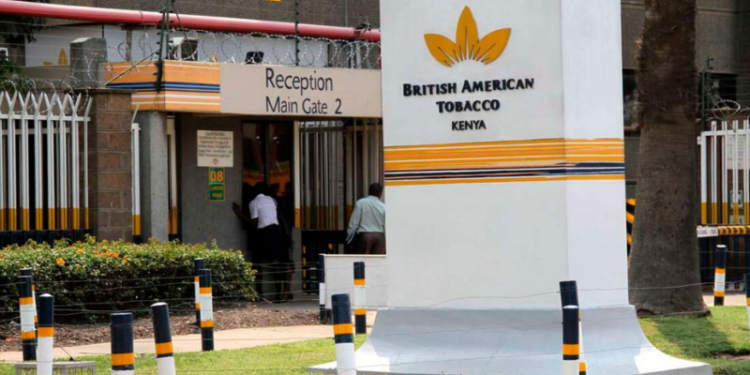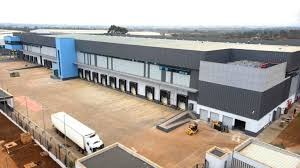BAT Kenya reported a revenue of KES 11.7 billion for the first half of 2024, a 10.7% decrease from the previous year’s corresponding period net revenue of KES 13.1 bn. This decline is attributed to lower sales volumes and market challenges.
The company achieved a profit before tax (PBT) of KES 3.1 billion, reflecting reduced operational efficiency and increased costs. Net profit for the period stood at KES 2.1 billion, showcasing a considerable 24.3% year-on-year decline, from KES 2.8 bn recorded at the end of H1’2023. The decrease in revenue and profit indicates that BAT Kenya faced significant headwinds in H1’2024. The company’s struggle to maintain its top line while managing costs underscores the challenging market environment.
The company’s flagship brands saw a decline in sales volumes, impacting overall revenue growth. BAT Kenya struggled to maintain its market share in the premium segment, highlighting challenges in sustaining its leadership position in the industry. This performance underscores the need for a more robust brand strategy to meet consumer demand effectively. BAT Kenya’s focus on cost control measures resulted in a reduction of operating expenses. However, the efficiency gains were insufficient to offset the overall revenue decline. The company’s efforts to manage costs demonstrate its operational discipline, but further measures may be needed to navigate inflationary pressures and increasing regulatory costs.
Total assets decreased by 16.1%, from KES 26.6 billion in H1’2023 to KES 22.3 billion in H1’2024, indicating a contraction in the company’s asset base. This reduction could be due to asset disposals or decreased investments. Total liabilities saw a significant reduction of 37.4%, from KES 12.6 billion to KES 7.9 billion, suggesting a strategic move to reduce debt levels, thereby improving the company’s financial health and stability. Current assets declined by 24.3%, from KES 14.3 billion to KES 10.8 billion, indicating potential liquidity challenges or a strategic reduction in inventory and receivables. Non-current assets showed a smaller decline of 6.4%, from KES 12.3 billion to KES 11.5 billion, pointing to more stability in long-term investments and property holdings.
The regulatory landscape for the tobacco industry remains complex, with increasing scrutiny on public health. BAT Kenya continues to engage with stakeholders to ensure compliance and advocate for balanced regulations that support industry growth while addressing public health concerns. This proactive approach to regulatory challenges is essential for the company’s sustained success.
BAT Kenya introduced several product innovations during the period, but these were insufficient to counteract the overall sales decline. The company’s focus on sustainability and green technologies continues, though the immediate financial benefits remain to be seen. The regulatory landscape for the tobacco industry remains complex, with increasing scrutiny on public health. BAT Kenya continues to engage with stakeholders to ensure compliance and advocate for balanced regulations that support industry growth while addressing public health concerns. This proactive approach to regulatory challenges is essential for the company’s sustained success.
Looking ahead, BAT Kenya aims to stabilize its financial performance by leveraging its existing brand portfolio, enhancing operational efficiencies, and exploring new market opportunities. The company is also focused on digital transformation initiatives to streamline operations and improve customer engagement. These strategic initiatives are designed to address the current challenges and drive future growth, delivering value to stakeholders.


















